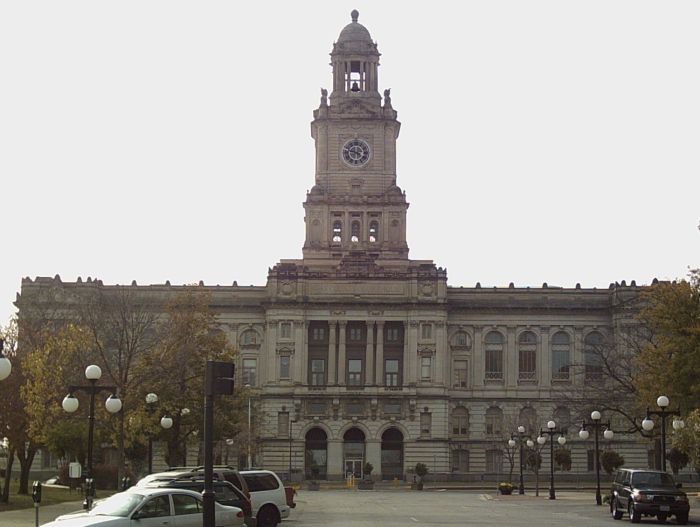
28.10% of households were one person and 8.60% were one person aged 65 or older. Of the 149,112 households 32.20% had children under the age of 18 living with them, 51.00% were married couples living together, 10.30% had a female householder with no husband present, and 35.20% were non-families. 25.9% were of German, 10.6% Irish, 9.0% English and 8.4% American ancestry. 4.40% of the population were Hispanic or Latino of any race. The racial makeup of the county was 88.34% White, 4.84% Black or African American, 0.27% Native American, 2.63% Asian, 0.06% Pacific Islander, 2.22% from other races, and 1.66% from two or more races. There were 156,447 housing units at an average density of 275 per square mile (106/km 2).

The population density was 658 people per square mile (254/km 2). Īs of the census of 2000, there were 374,601 people, 149,112 households, and 96,624 families in the county. There were 182,262 housing units, of which 170,197 were occupied. The 2010 census recorded a population of 430,640 in the county, with a population density of 756.371/sq mi (292.037/km 2). There were 210,184 housing units, of which 196,891 were occupied. 66.18% were non-Hispanic White, 7.23% were Black, 9.76% were Hispanic, 0.46% were Native American, 4.98% were Asian, 0.06% were Native Hawaiian or Pacific Islander and 11.33% were some other race or more than one race. 92.55% of the population reported being of one race. The 2020 census recorded a population of 492,401 in the county, with a population density of 833.5383/sq mi (321.8310/km 2). The county is bisected by the Des Moines River. Īccording to the US Census Bureau, the county has a total area of 592 square miles (1,530 km 2), of which 574 square miles (1,490 km 2) is land and 18 square miles (47 km 2) (3.0%) is water. The present courthouse was erected in 1906, and in 1962 it was extensively renovated and enlarged. Due to construction delays and the onset of the Civil War, the structure was not completed until 1866. Rapid settlement and commercial growth in the county soon rendered this building insufficient, so construction of a larger building was initiated in 1858. The first courthouse, a two-story structure, was built in Des Moines in 1846. Polk County's name referred to United States President James K. On January 17 they further enacted a resolution setting the effective date of the county government for Jasper and Polk Counties as March 1, 1846.

On January 13, 1846, the legislative body of the Iowa Territory authorized the creation of twelve counties in the Territory, with general descriptions of their boundaries. Polk County is included in the Des Moines– West Des Moines, IA Metropolitan Statistical Area. The county seat is Des Moines, which is also the capital city of Iowa. It is Iowa's most populous county, and home to over 15% of the state's residents.

As of the 2020 census, the population was 492,401.


 0 kommentar(er)
0 kommentar(er)
